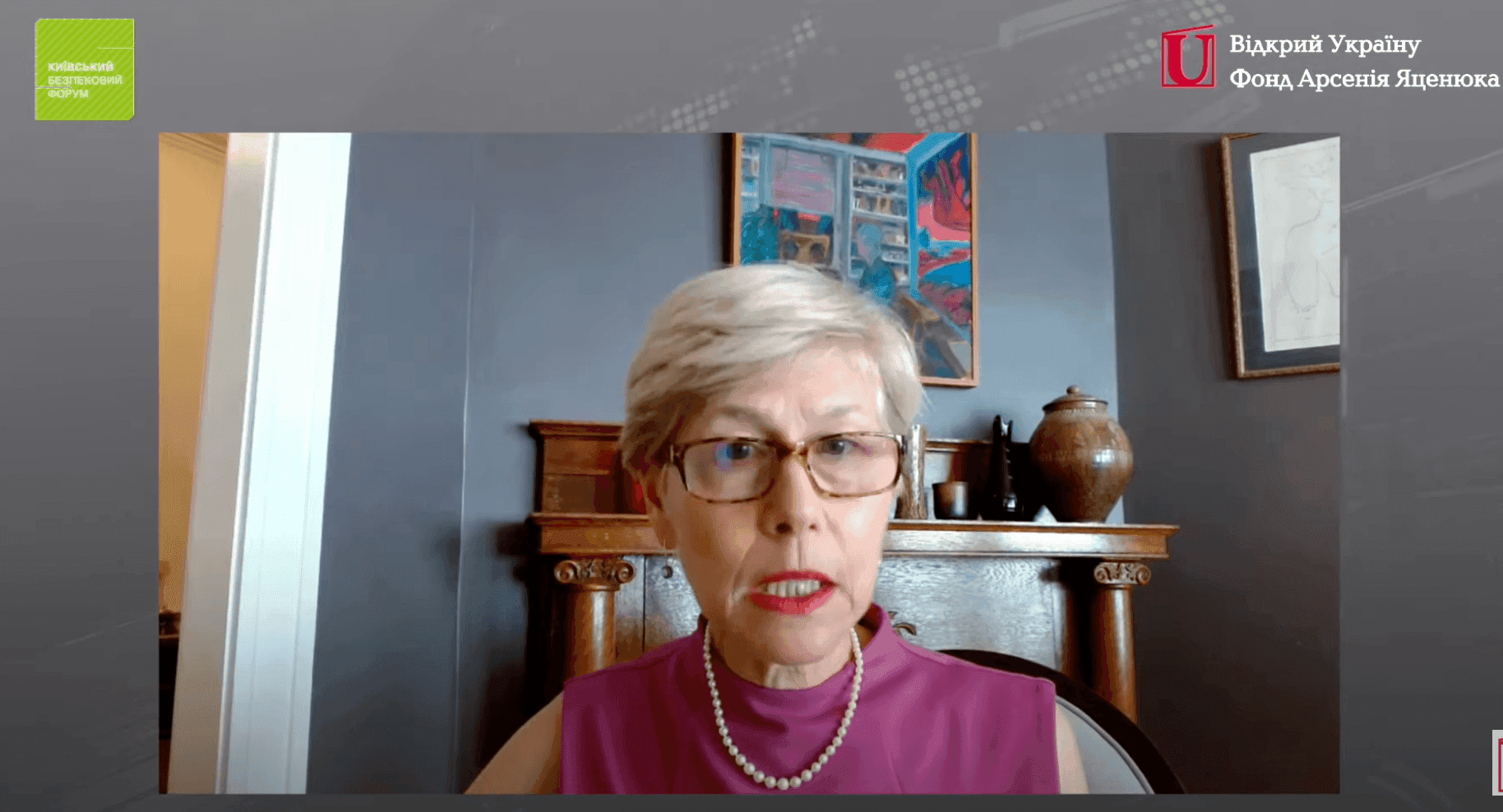Waves of skepticism about Ukraine's war strategy regularly arise in the West, with questions like “what exactly is Kyiv hoping to achieve with additional weapons it asks for?”. Kyiv Security Forum team summarized the published experts' opinions on Ukraine's strategic military goals, and the so far unavailable types of weapons needed to achieve them.
● Moving the war to Russian territory. The KSF has repeatedly elaborated on this, citing, in particular, statements by Ukraine's leaders. Western experts, under pressure from “escalation”-phobic politicians, often narrow this goal to “eliminating the Russia Sanctuary”: the rear area across the Ukrainian border 300-500 kilometers deep into Russia. Regular striking of enemy targets in that area would guarantee a reduction of air and ground attacks on Ukrainian territory.
● Strengthening Ukraine's air defense: an important but not the primary goal that President Zelenskyi often mentions (citing, for example, the figure of 7-25 additional Patriot SAM batteries needed). It is necessary to expand the guaranteed air defense zone which currently exists only around Kyiv (particularly against ballistic missiles) as much as possible; to increase the air defense of the army’s forward positions; and to use the “SAMbush” (a unique Ukrainian tactic of air defense ambushes) more often and more widely.
● Isolation and neutralization of Crimea as a Russian rear zone. This strategic goal is articulated by both Western experts (most often by the Ret. US General Ben Hodges) and Ukrainian military leaders (such as Kyrylo Budanov). The airfields and bases in Crimea are vital for the entire war: from supporting the frontline in Kherson and Zaporizhzhia Regions to air and naval warfare. It is noted that Ukraine has already advanced halfway to the isolation of Crimea: having driven the Russian warships from the peninsula, and regularly destroying Russian air defense there.
● A large-scale ground counteroffensive is sometimes mentioned, but mostly as a distant goal of Ukraine: unattainable today or in the near future.
The currently-available weapons are necessary but not sufficient to achieve the aforementioned goals. First of all, Ukraine’s Armed Forces already mastered the use of ATACMS and other Western-made missiles; the existing restrictions on using these weapons on Russia should be lifted.
Also, experts and Ukraine's leaders often bring up several other types of weapons: both those that have been promised (but not yet delivered) and those whose possible delivery has not been even mentioned by the partners publicly.
● F-16 fighter jets and/or the less common Mirage 2000 (French-made) or Tornado (British-German): a versatile platform that would help in both day-to-day defense and achieving the above goals. In particular, air strikes on Crimea are a logical next step after sufficiently weakening Russian air defense on the peninsula (this tactic was used by the Ukrainian Armed Forces to liberate Zmiinyi Island).
● Radar airplanes generically known as AEW (aerial early warning systems). Sweden recently promised Ukraine two such aircraft of the ASC 890 model (aka Saab 340 AEW&C / S 100B Argus), but the delivery timeline is still unknown.
● Air-launched cruise missiles Taurus KEPD 350 (of German-Swedish manufacture) and JASSM (American-made): for launch from Western or Soviet-made fighter jets. Maximum range of these weapons exceeds the range of ATACMS.
● The NATO-standard large cruise missiles, historically used in naval and/or anti-ship roles, but recently expanded to land-launched variants and land-attack purposes. First and foremost, the legendary Cold War-era Tomahawk is brought up, namely its new BGM-109C and Tomahawk MRC modifications. These are weapons of the same class as Russian Kalibr and Iskander-K missiles. Ground-launched Tomahawks can be cheaper and more readily available than ATACMS, which is why, in particular, US ground forces have begun using both systems.
● Medium-range air-to-air missiles, primarily the American AIM-120 AMRAAM, which would significantly expand the capabilities of Ukrainian fighter aircraft.
None of these weapons are ultra-modern, scarce, particularly expensive, or difficult to integrate into Ukraine's arsenal, so their transfer is proposed as a priority within a year at most.









